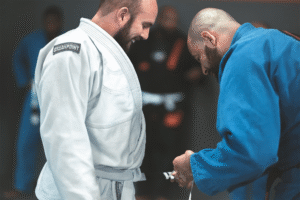
From White Belt to Black Belt: How to Stay in the Game Long-Term
Let’s face it, starting Brazilian Jiu-Jitsu is exciting. Every class feels like unlocking a new superpower. However, as time passes, that initial rush begins to
Competition presents an ideal platform for Brazilian Jiu-Jitsu (BJJ) practitioners to test and refine techniques while advancing their skills. With its mix of physical, mental, and strategic demands, BJJ competition challenges athletes to adapt and evolve continuously. Competitors must navigate various styles and approaches, and their choices can ultimately shape their path on the mats.
Here’s an exploration of the main styles and strategies that make BJJ such an intricate and demanding sport, showcasing how advanced practitioners use their strengths to gain an edge.
Gi and No-Gi competitions highlight two distinct facets of Brazilian Jiu-Jitsu, each requiring its own skills and strategies. In Gi BJJ, practitioners wear a traditional Gi (uniform), which provides gripping options that slow down the pace and allow for calculated, tactical play. The fabric’s unique properties open up a wealth of techniques, including collar chokes and lapel-based controls. Gi practitioners often focus on building grip strength and using methodical positioning, creating an intensely strategic experience that emphasizes control and leverage.
Conversely, No-Gi BJJ has a much faster pace due to the absence of the Gi. Practitioners rely more on body mechanics and wrestling-style grips, creating an athletic, dynamic environment. Without the Gi for leverage, No-Gi athletes often emphasize cardio, agility, and explosive movements to maintain control. The format places a premium on transitions and reactions, making it a test of speed and endurance. Many BJJ athletes train in Gi and No-Gi settings to build a well-rounded skill set and enhance their versatility on the mats.
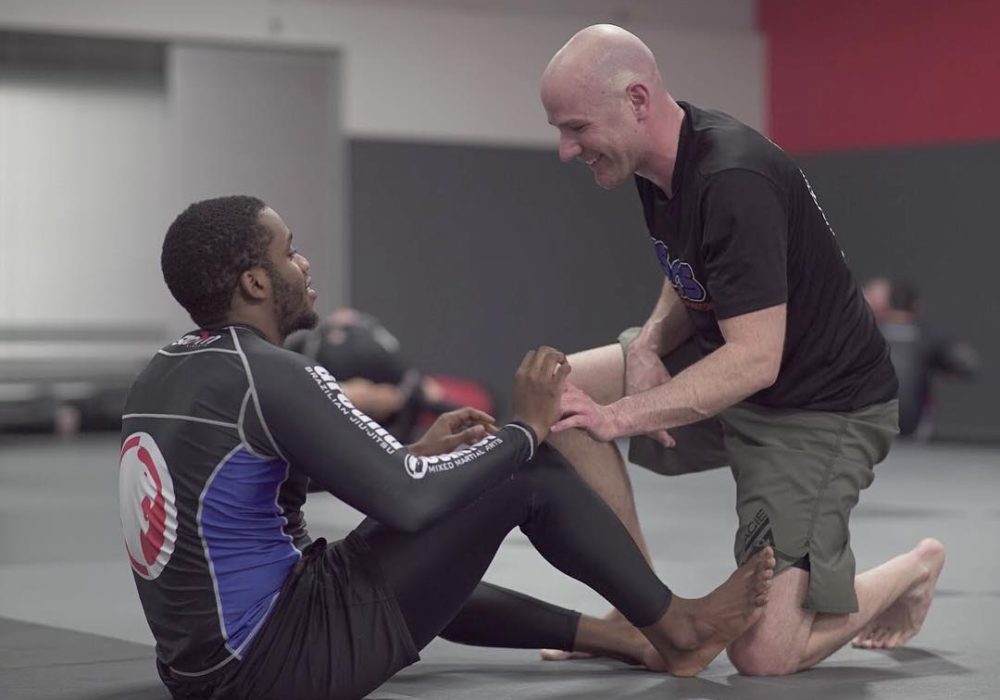
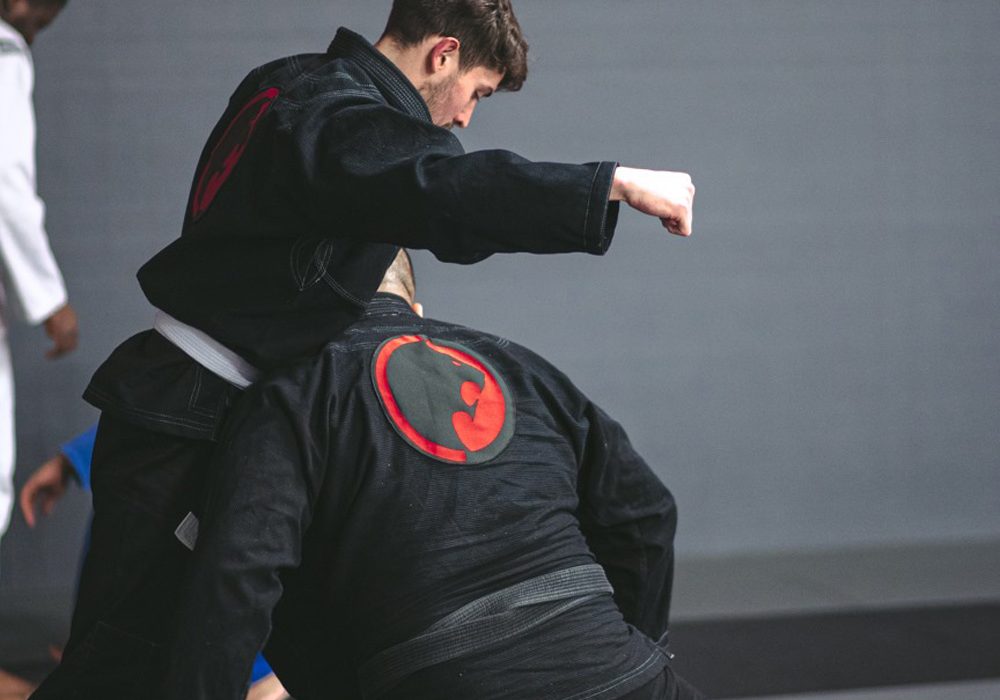
Within BJJ competition, some practitioners excel at playing from the guard, while others prefer to establish control from the top position. Both styles have unique advantages and present their own tactical challenges.
Guard specialists operate from the bottom position, using techniques to control the opponent and create sweeping or submission opportunities. With various guards to choose from, including closed guard, spider guard, and De La Riva guard, these practitioners rely on leverage and positioning to neutralize their opponent’s advantage. A well-rounded guard game allows them to retain control even when on their back, converting defensive positions into offensive opportunities.
On the other hand, top players focus on passing the guard and establishing dominant positions from above. Techniques like the knee-cut pass, torreando pass, and over-under pass are key to success in this approach. Top players aim to maintain a strong posture and apply pressure to prevent their opponents from executing counterattacks. This strategy often leads to gaining positions such as mount or back control, where they can accumulate points and create submission openings. Competitors who can adapt to guard and top-playing styles bring a well-rounded game to the table, making them unpredictable and hard to counter.
In BJJ competitions, athletes typically fall into two main categories: submission specialists and points players. Each approach brings different strengths and focuses to the match.
Submission specialists strive to end the match with a definitive submission, whether through chokes, armbars, or leg locks. This approach requires quick reflexes and high adaptability, as submission specialists frequently transition between attempts to keep their opponents on the defensive. While their aggressive approach can end matches quickly, it can also open up counterattack opportunities. These practitioners hone their ability to apply submissions under pressure, often drilling sequences that allow them to transition seamlessly between attacks.
Points players, on the other hand, emphasize positional control and tactical advancement to accumulate points. This calculated style rewards patience and consistency, as players use their positioning to secure points without taking excessive risks. Points players have strong positional awareness and typically aim for dominance through controlled movements rather than immediate finishes. This style can prove highly effective in long, drawn-out matches, as it often outlasts opponents focused on explosive, riskier moves.
While each competitor may lean toward one style, developing both skills enhances adaptability, allowing athletes to adjust their approach based on their opponent and the demands of the match.
Beyond technique, physical conditioning and mental resilience are vital for success in BJJ competition. The physical and psychological strain of competition requires skill, stamina, and mental toughness to endure high-stress situations.
Competitors often incorporate strength and conditioning exercises to bolster their physical capabilities. Explosive strength exercises improve takedowns and scrambling ability, while high-intensity interval training (HIIT) prepares them for the rigors of competition. Flexibility and mobility exercises help prevent injuries and support an agile game. For Gi practitioners, grip strength is essential, as a powerful grip can dictate the match’s flow and help secure control.
Equally important is the mental aspect of competition. BJJ matches require quick thinking, adaptability, and a strong mental game to stay composed under pressure. Visualization and breathing exercises can help athletes control nerves and maintain focus, while situational drills prepare them for real-life scenarios they may encounter on the mats. Mental toughness and resilience are cultivated over time, but consistent practice and competition experience enable practitioners to stay calm and execute their game plans, even in the most intense situations.
Reading and adapting an opponent’s strategy in real time is crucial for competitive BJJ practitioners. Observing an opponent’s guard preference, movement tendencies, and go-to techniques helps practitioners anticipate and respond effectively.
Situational drilling and training with a variety of partners provide valuable experience in recognizing patterns and adapting strategies mid-match. Practitioners learn to react to subtle cues, such as shifts in weight or positioning, that indicate an impending move. By simulating competitive scenarios, athletes can refine their ability to react instinctively and stay one step ahead in high-pressure environments.
Ground Control Columbia offers a supportive and challenging environment for those interested in elevating their Brazilian Jiu-Jitsu game to help athletes reach their full potential. With a team of experienced instructors and a community passionate about BJJ, Ground Control Columbia provides training tailored for all skill levels, from beginner to advanced.
At Ground Control Columbia, athletes can build on their foundational skills, learn competition-specific techniques, and improve their physical conditioning in a comprehensive program. Embrace the challenge, refine your strategy, and unlock new levels of performance. Contact us today to learn more about our BJJ classes and join a team dedicated to helping athletes succeed on the mats and beyond.

Let’s face it, starting Brazilian Jiu-Jitsu is exciting. Every class feels like unlocking a new superpower. However, as time passes, that initial rush begins to
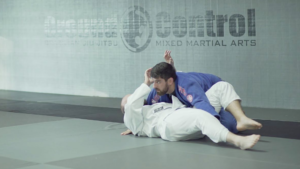
You’ve put in the hours on the mats—drilling, rolling, building a solid ground game—and now you’re thinking about stepping into something more intense: MMA. It’s
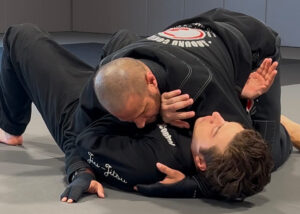
At Ground Control Columbia, our advanced athletes know the real battles don’t always happen in submissions—they happen when you’re fighting to keep your guard alive.
© All Rights Reserved. Ground Control Columbia